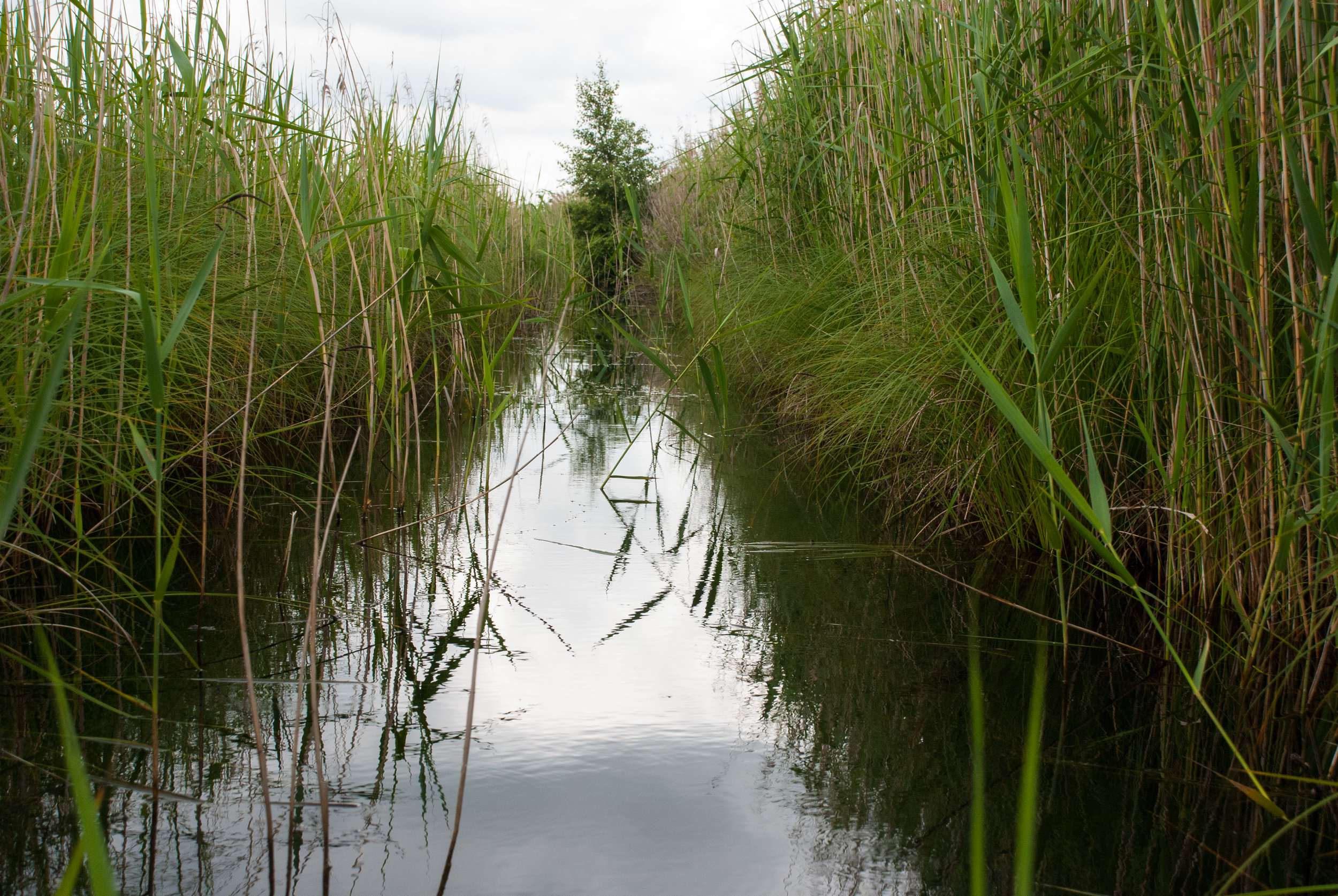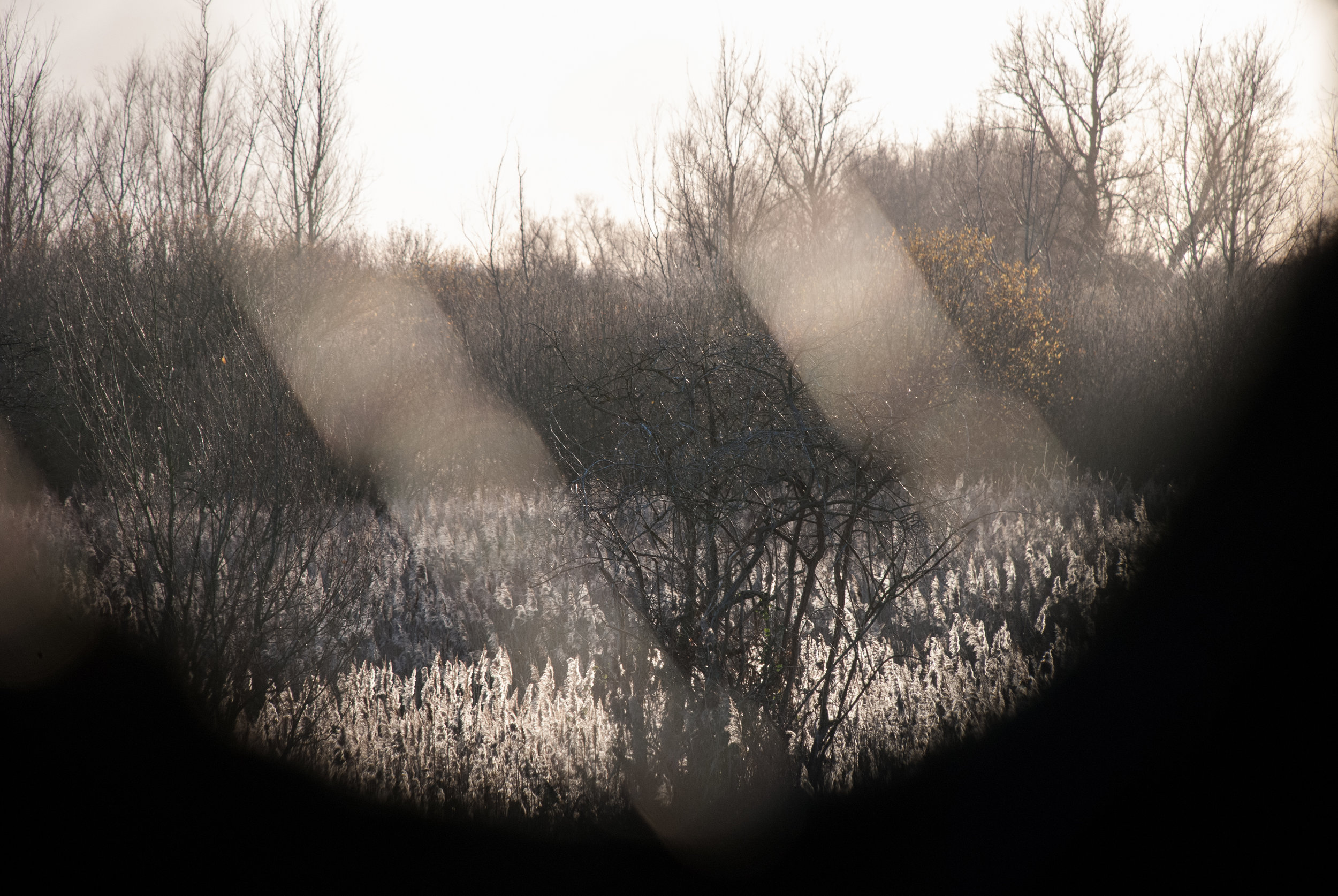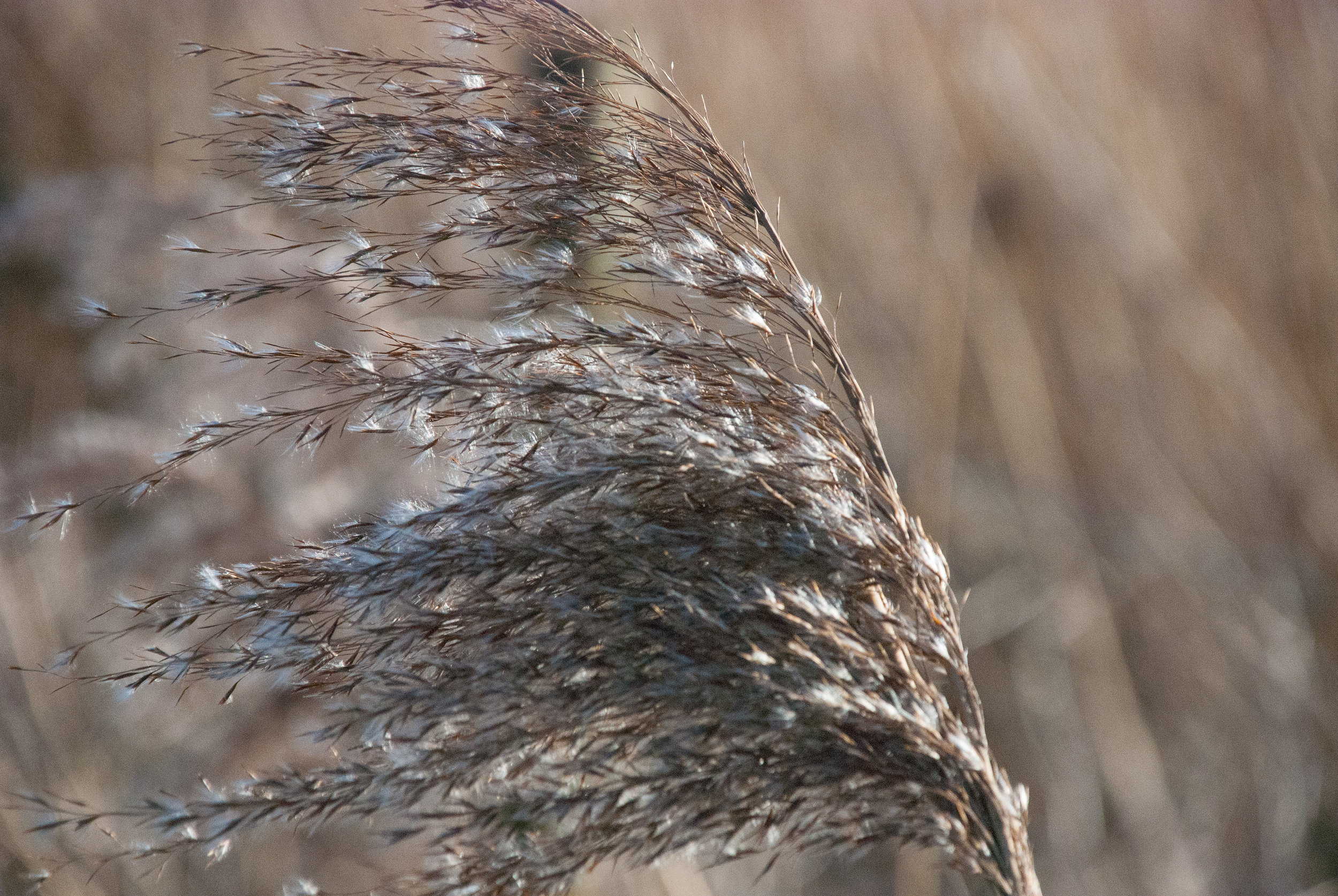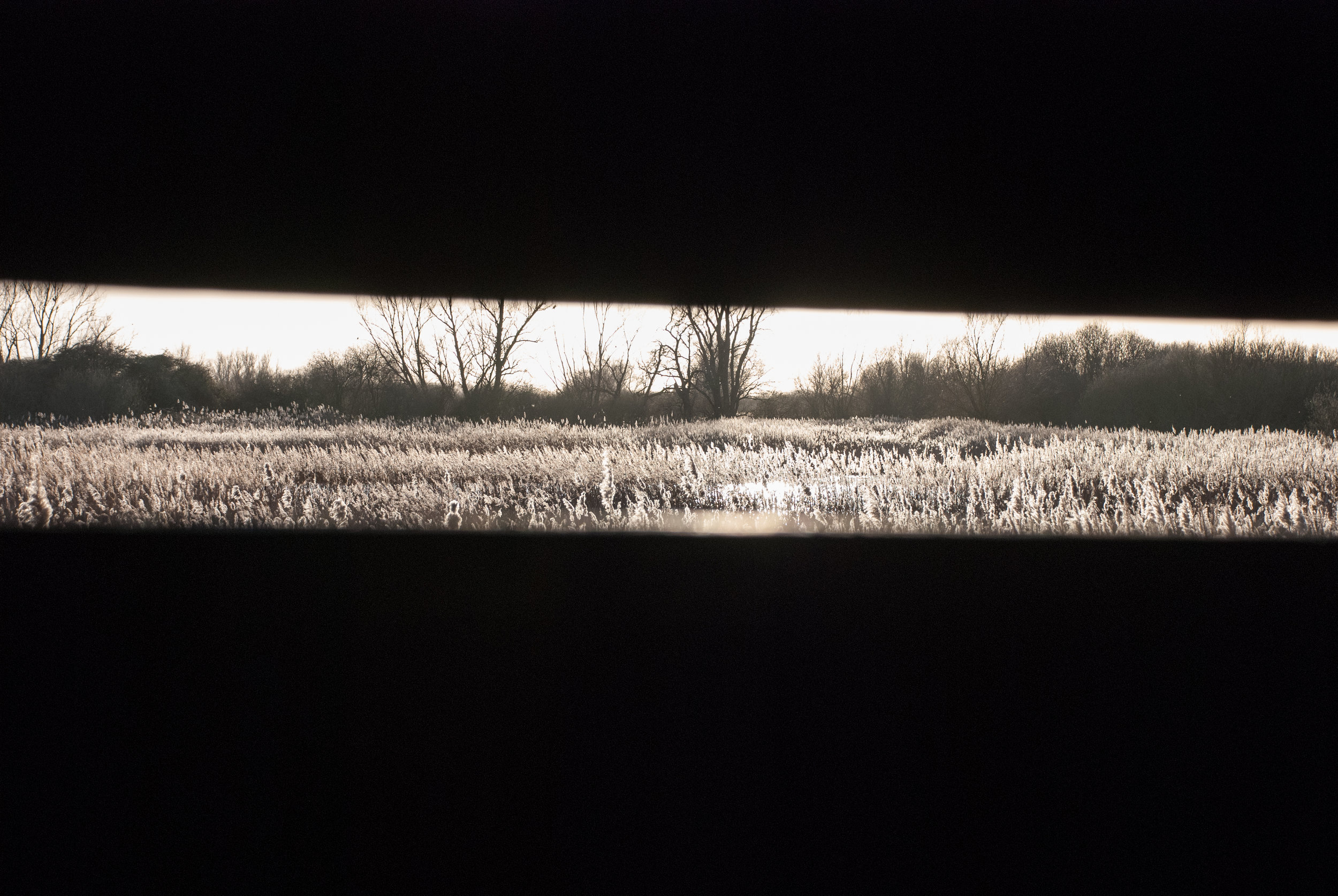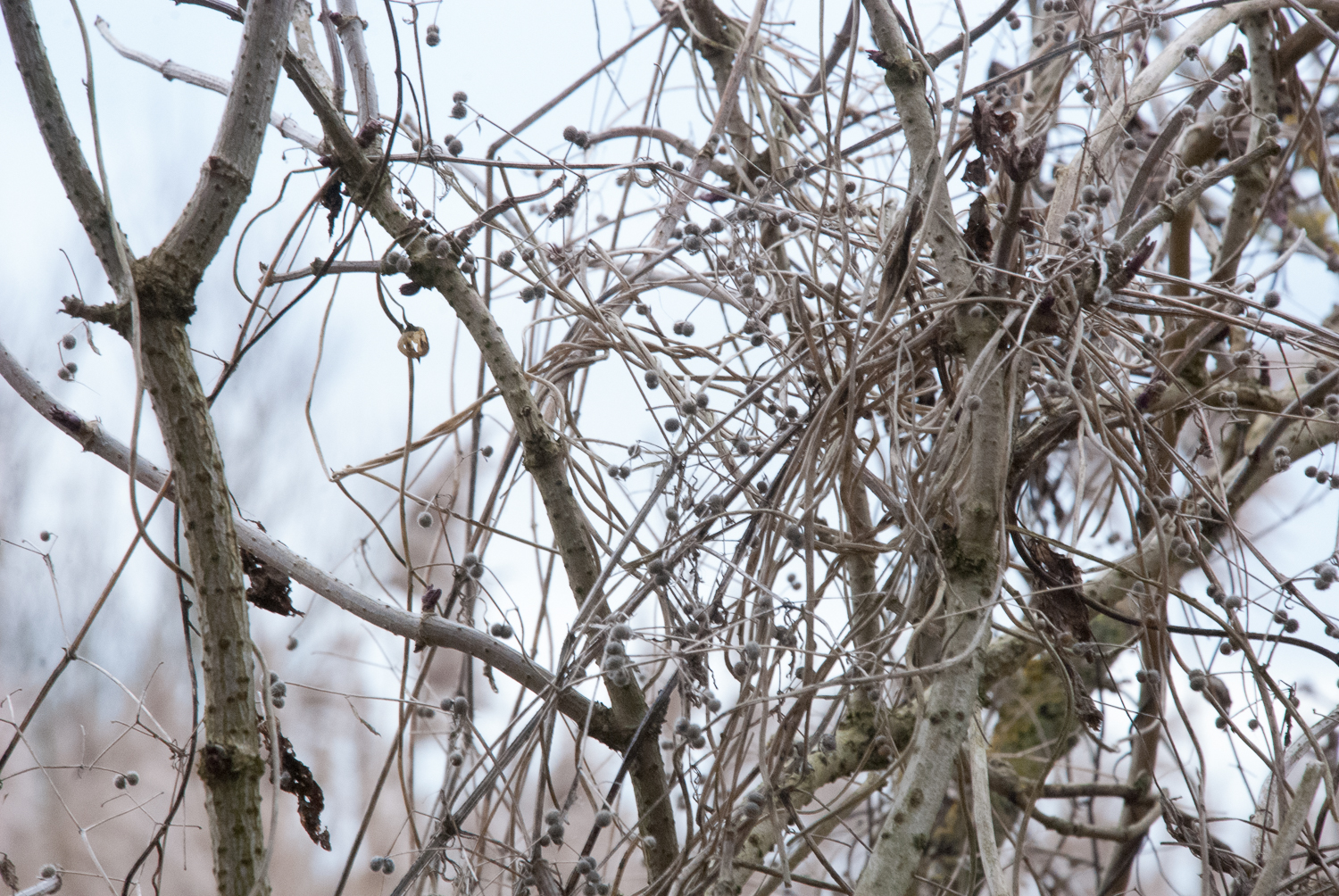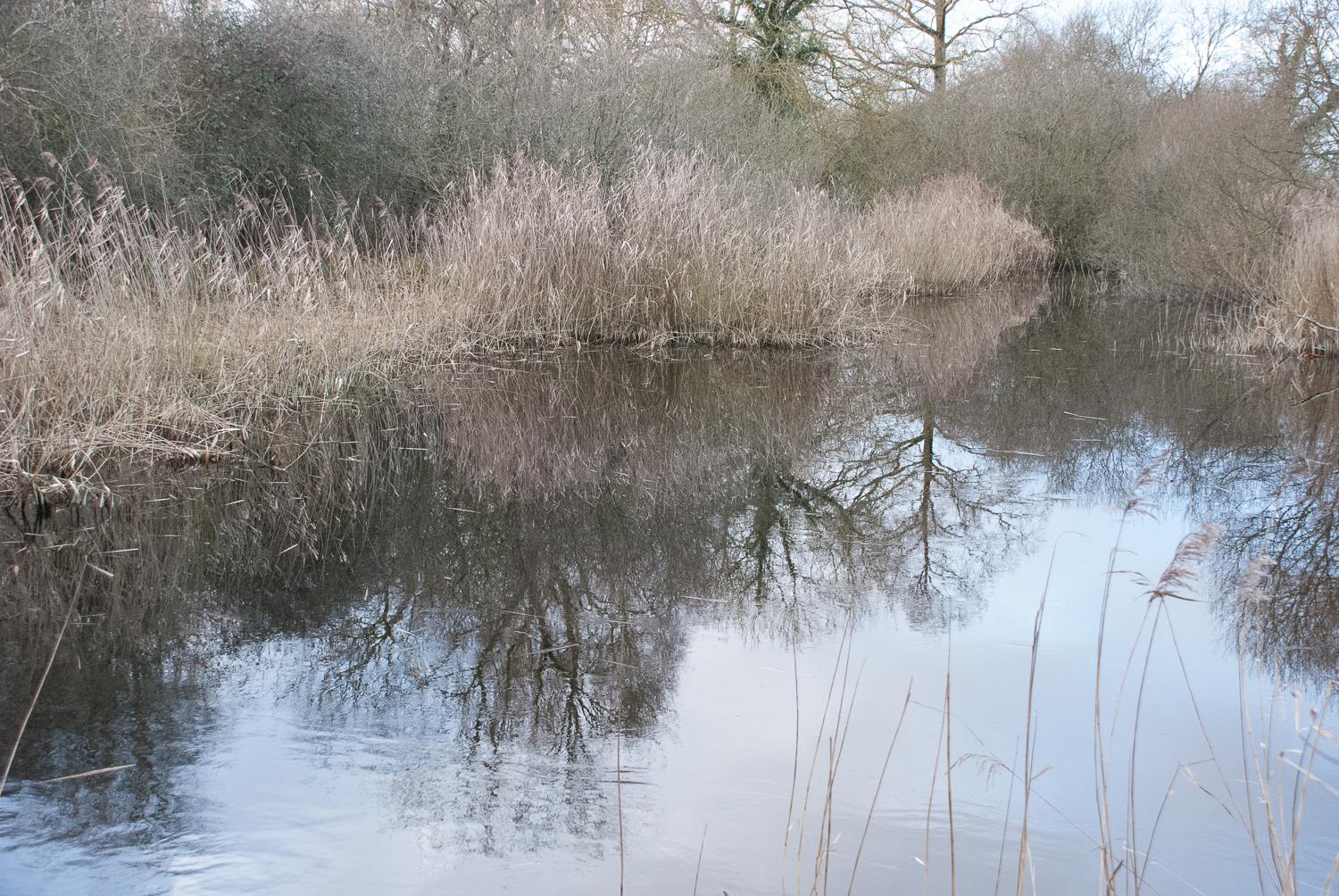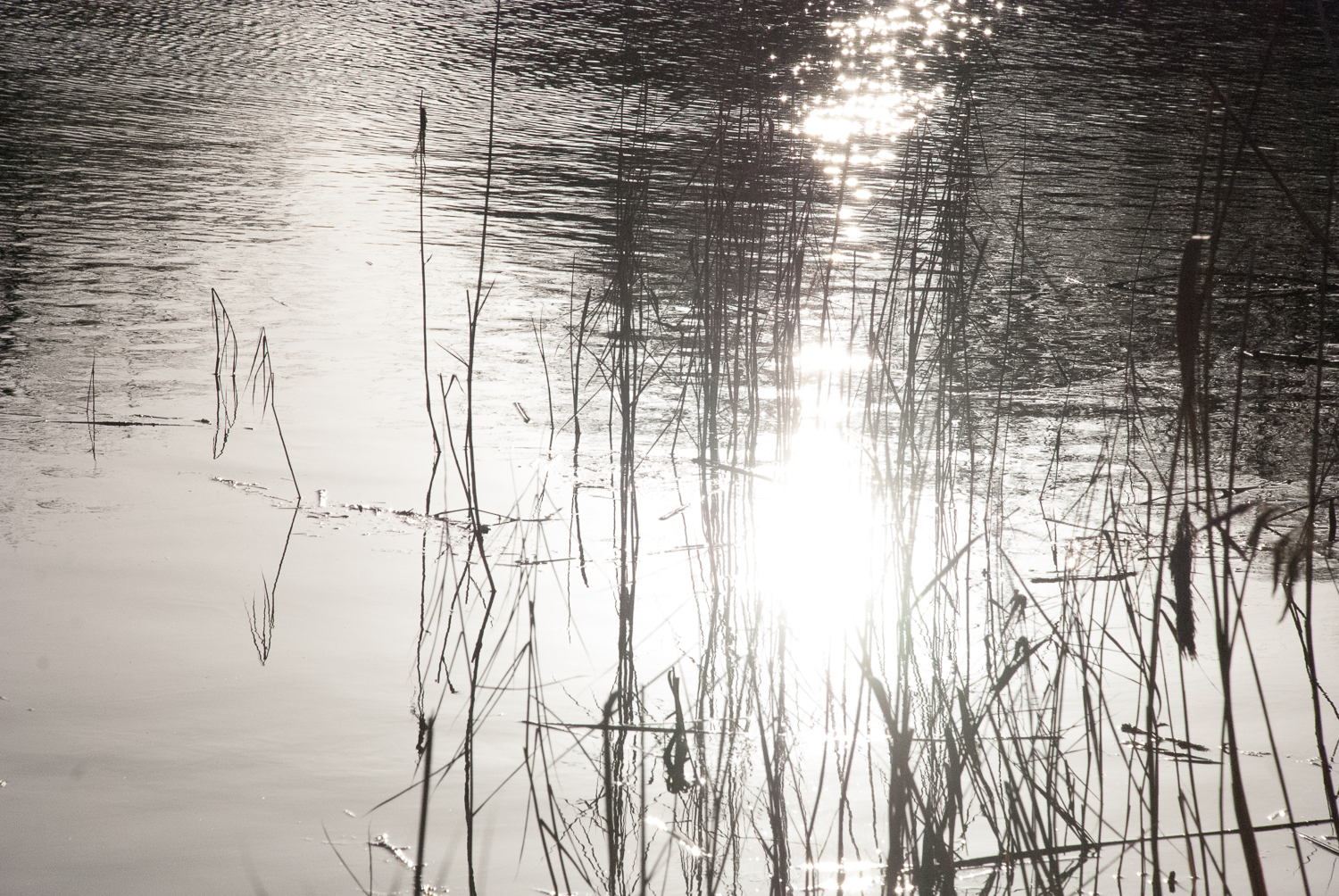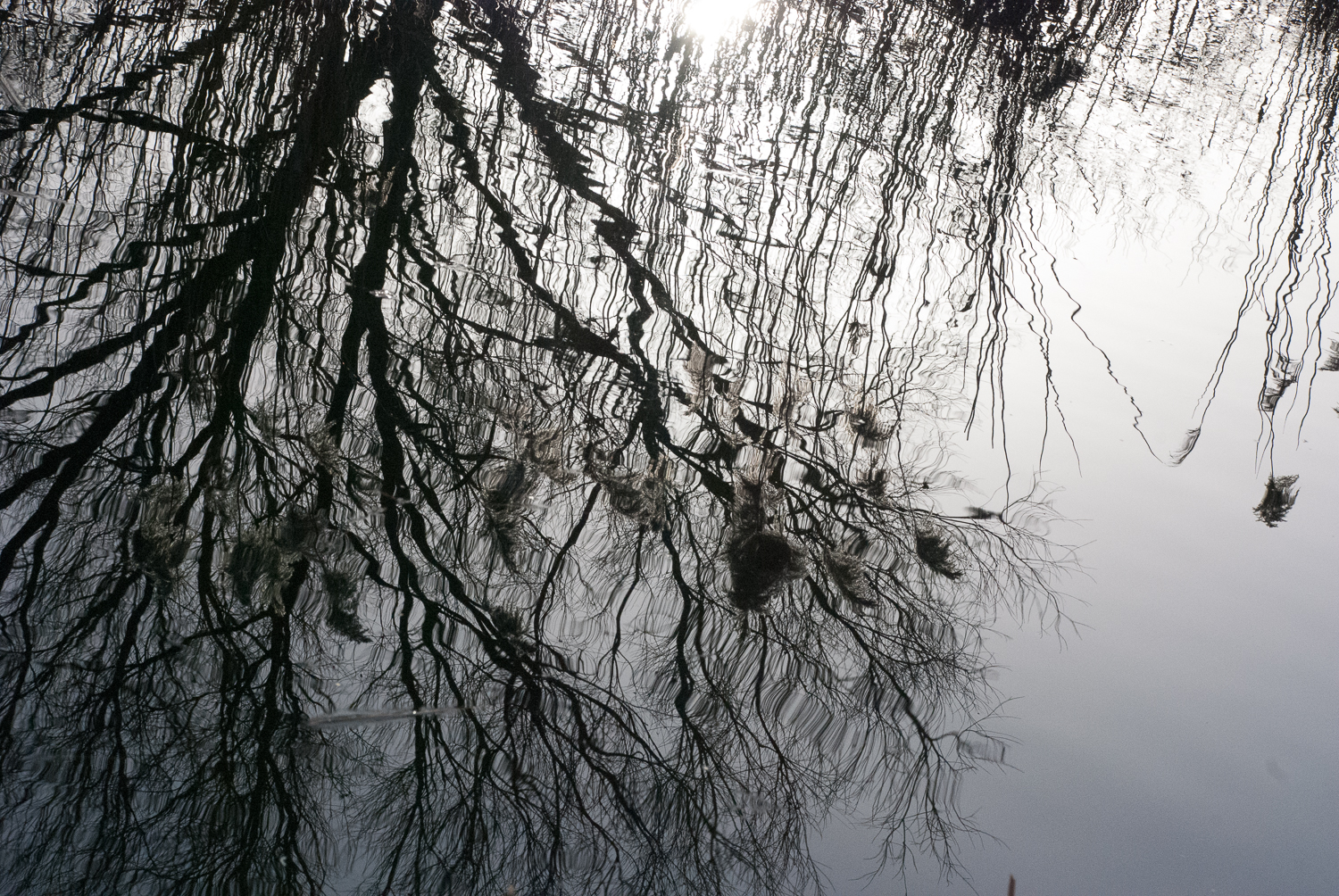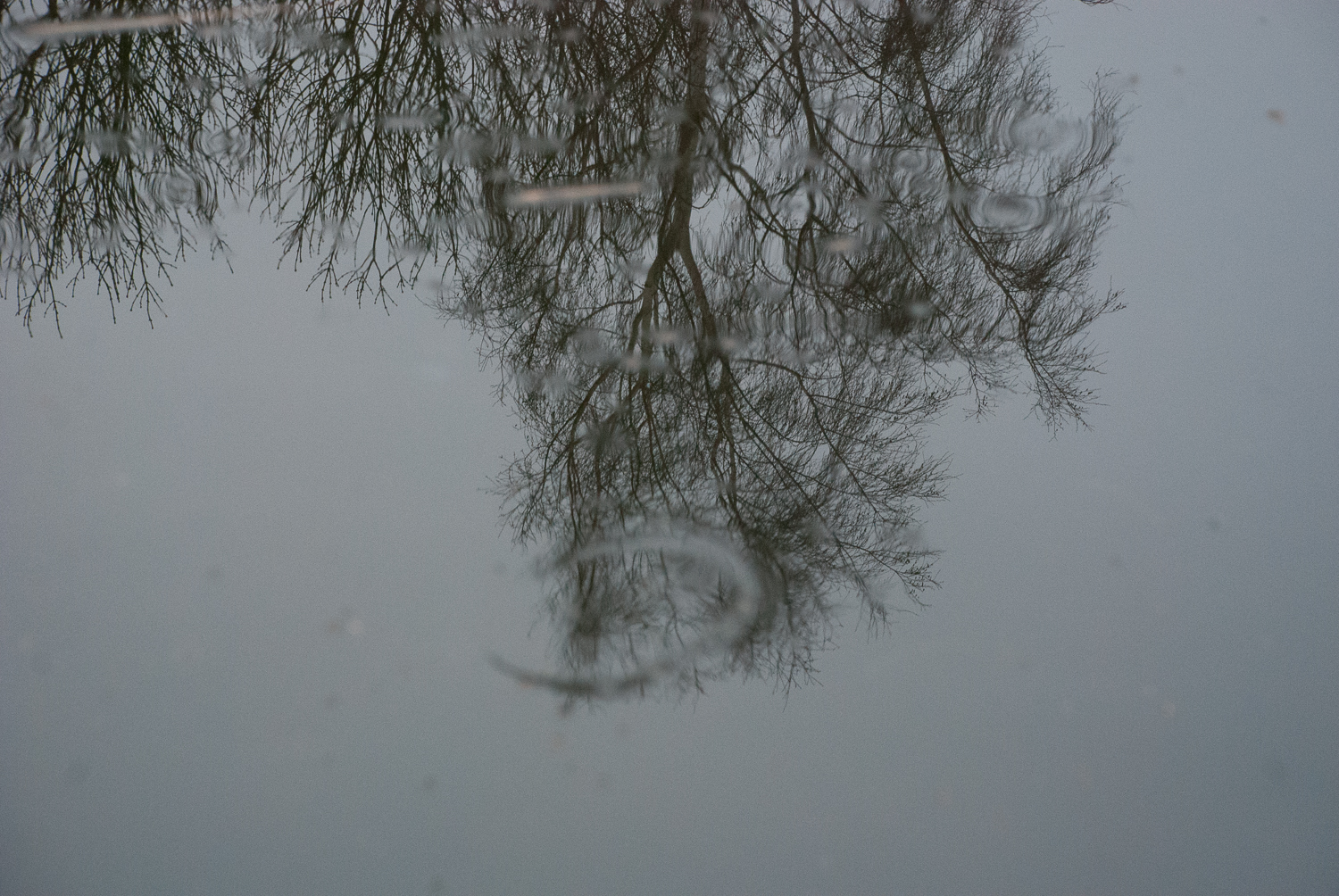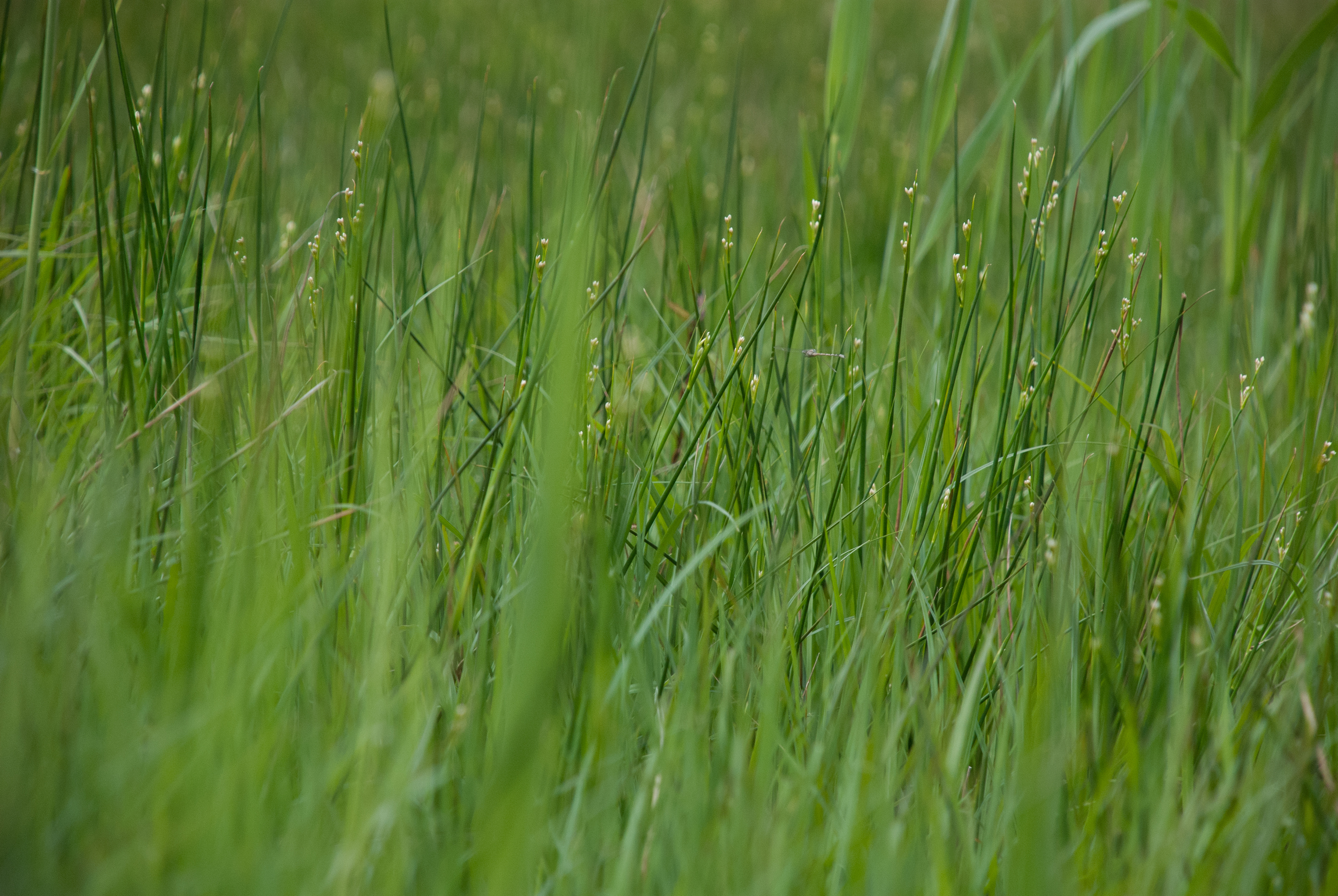My exhibition with Sally Tyrie last year, Reflections & Revelations, marked the end of a two year project based at Wicken Fen. Sally and I were keen to work together again, but decided against another site-based project. The previous project revolved around a series of shared visits to the Fen while we developed the work separately, in our own studios. This time we have shifted the focus to our studio process. I have worked in Sally’s studio, trialling some of her processes, and she has worked in mine. We have made research visits to places together, but have also visited the same, or other places, individually. There are very few ground rules and the project is evolving as we work. We did not determine a theme at the start so it has been interesting to see how some common ground and areas of enquiry are nonetheless emerging from our investigations
Illuminations is not the final exhibition in this project. It represents a stage in our evolving collaboration. It is as much an opportunity for us to test out ideas for ourselves as to show finished work. Given the nature of this approach, it’s fitting that the venue for the exhibition is the gallery / project space area of Digswell Arts’ artist studios.
We will be showing photography and mixed media and plan that it will be as much an installation as an exhibition. We will be working part of the time in the space and adding to the work as we go.
Sally has written a couple of blogposts about some of our studio work on her blog here and here. Our plan is to work towards a series of exhibitions in 2019, for which we will publish details nearer the time.

